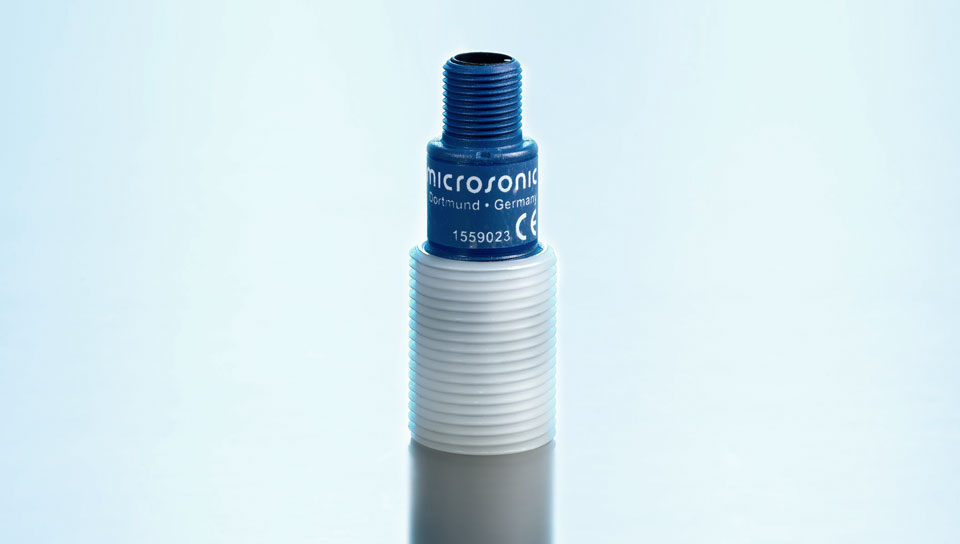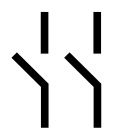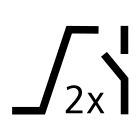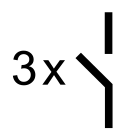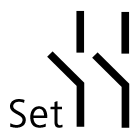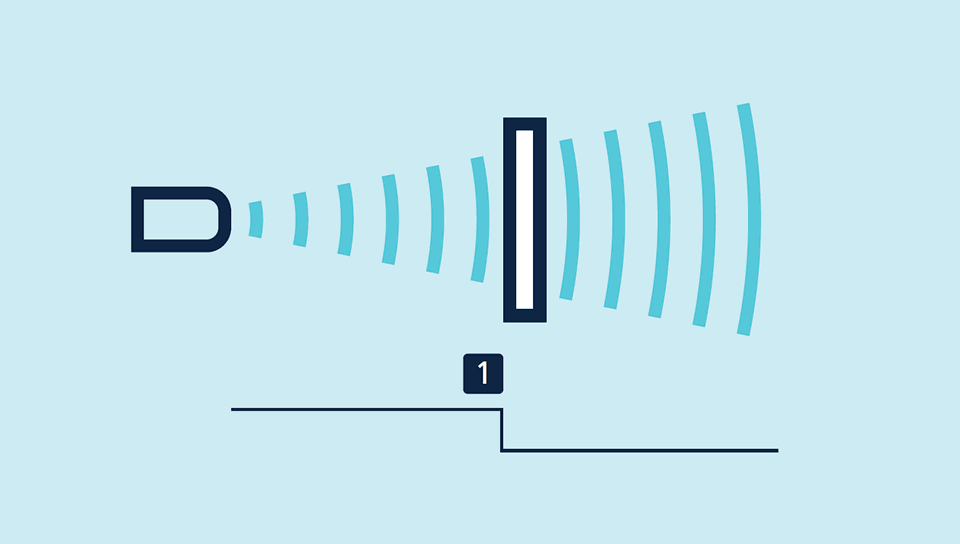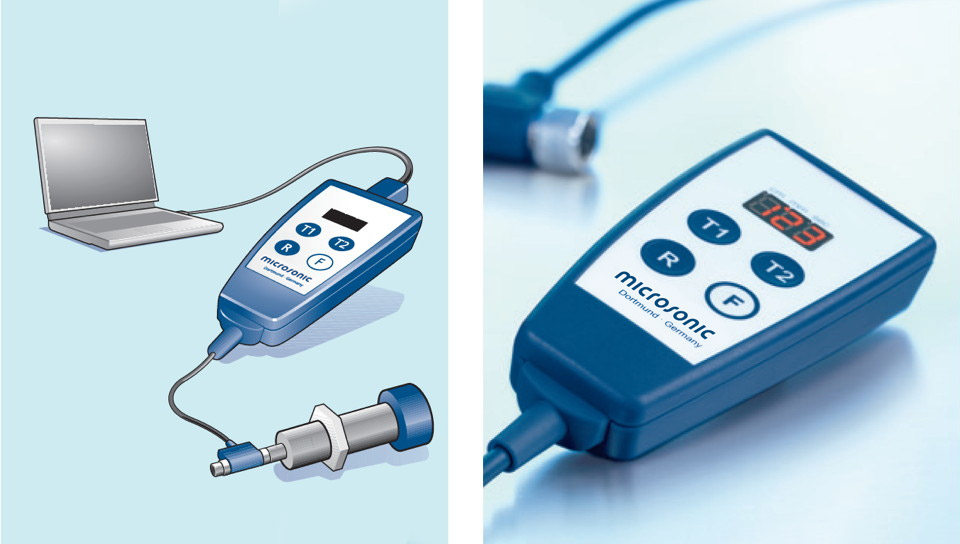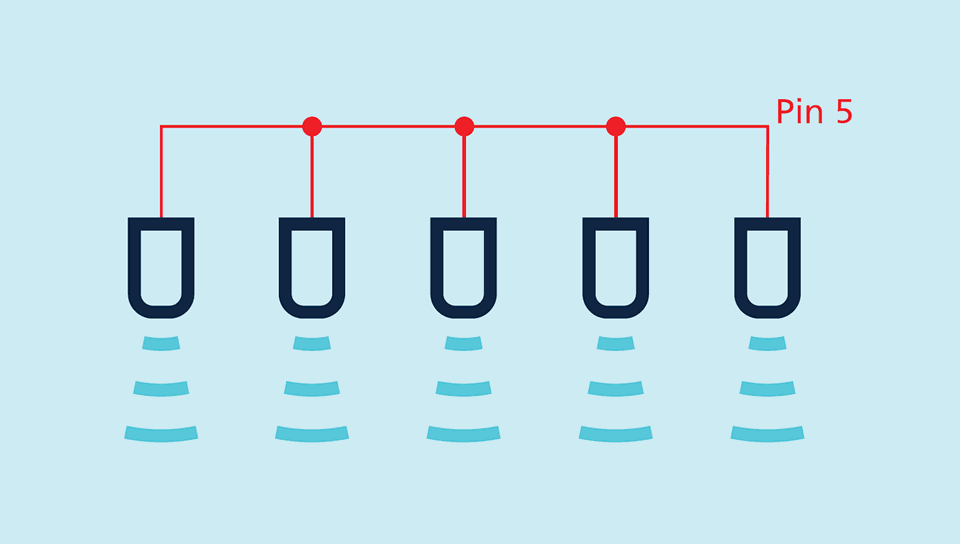pico+TF ultrasonic sensors
The compact dimensions of the pico+TF sensors makes them ideal for fill-level measurement in housings of restricted dimensions. The ultrasonic transformer is protected against aggressive media by a PTFE film. The exterior PVDF coating with its M22 x 1.5 external thread seals the ultrasonic transformer from the sensor housing.
The M22 sensors detect in a contactless fashion and are reliable within a measuring range of 20 mm to 1,300 mm. The ultrasonic sensor is the best choice for non-contact fill level measurement with chemically aggressive liquids or granules.
A typical application for these sensor line is the fill level monitoring of aggressive paints and inks such as those used in the digital printing sector. These inks often contain ketone. In addition to the high chemical resistance of the sensor, its size makes it especially suited to use in restricted spaces. Regular filling and emptying of the tank can produce wave motions in the tank system, which can be compensated using the internal filter setting.
For the pico+TF sensor family
there are 2 output stages and 4 detection ranges available:
 |
1 Push-Pull switching output with pnp or npn switching technology |
 |
1 analogue output 4–20 mA or 0–10 V |
